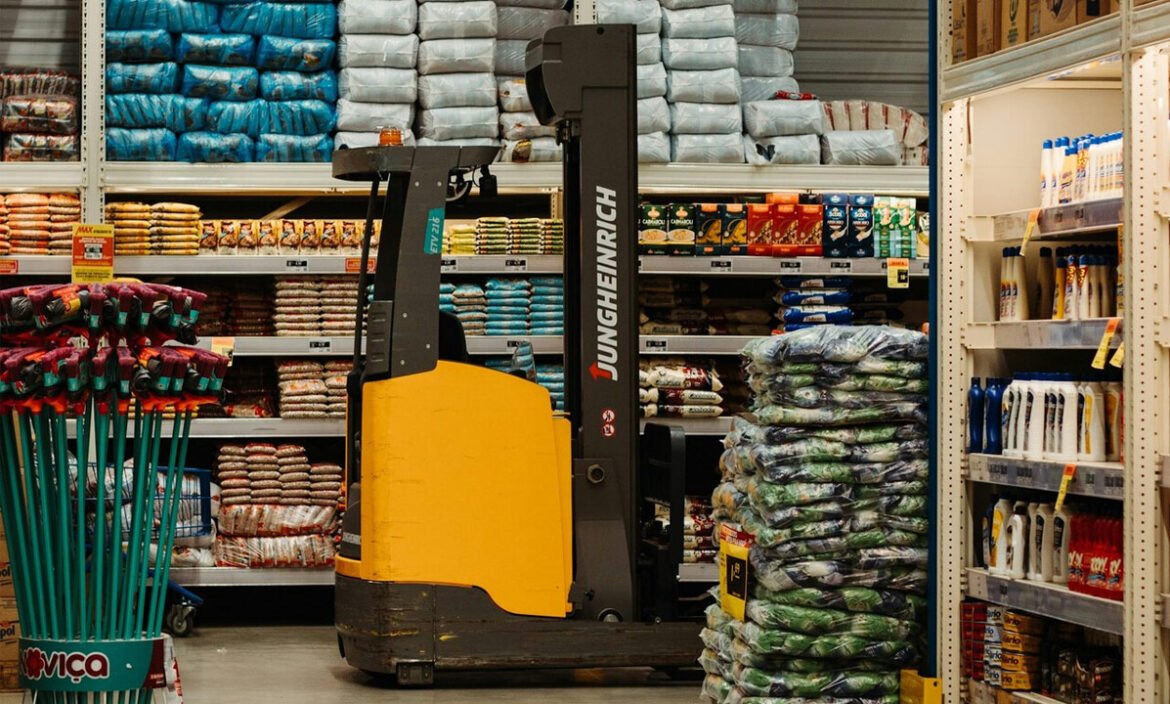For logistic companies, warehouse efficiency is at the core of profitability. Supply chains are more complex than ever, yet customer expectations for faster delivery are higher than ever. The need for intelligent warehouse solutions is clear, and smart shelving is just one way (an often overlooked way) to improve this. Smart storage shelving can change how businesses manage inventory and organize space, all with the goal of streamlining their operations.
It’s the combination of IoT technology with practical design that helps reduce errors and improve accessibility.
Real-time inventory visibility
A major benefit of smart shelving is the way it maintains real-time visibility of your inventory that is wildly accurate. Traditional shelving systems rely on manual counting and record-keeping, and of course this leads to human error – not to mention the amount of time it takes.
Smart shelving solutions are instead a way to use sensors and software that automatically track product placement, quantity, and location – all throughout your warehouse. Think of this like those smart fridges people now have at home, where if the milk runs dry, not only will the fridge itself detect this, it can send a message to the central system and order you some from the grocery store.
Back to the warehouse, this data allows your team to answer things like:
- What items are in stock?
- Where are they located?
- When will they need to be reordered?
It eliminates the guesswork so the warehouse can respond faster to orders and reduce stock-outs. This has a knock-on effect of improving fulfillment and delivery times, not to mention that minimizing excess inventory can improve our allocation of resources. For businesses operating with tight margins and limited space, this radically improves operations and customer satisfaction.
Space utilization
Warehouses are eye-wateringly expensive to operate and so every square meter counts – especially in places where land and utilities are expensive, like Britain. Smart shelving systems though help maximize available space because they optimize shelf height, depth, and arrangement based on the actual way it’s being used. The usage is data gathered and can therefore be used for patterns and predictions. Fairly simply algorithms can then make reorganization suggestions that place faster-moving items in easily accessible locations while consolidating slower-moving inventory more efficiently. It could connect to external data streams if needed too, like if any bottlenecks are occurring elsewhere, and prioritize them.
In the end, you can expect picking teams to spend less time searching for items, which cuts down order fulfillment time. For struggling companies, it can mean discovering that you need less space than you thought, and how to get the most out of your space for, potentially leading to scaling up without upsizing.
Reduced picking and packing errors
Warehouse errors are have huge knock on effects in the shipping industry and the like, and one misplaced item or a miscounted inventory count can damage customer relationships – and lifetime value of customers is increasingly important to maximize. This is reduced through directed picking technology and barcode verification systems that guide employees to the exact location of needed items.
When workers follow guided paths to specific smart shelves, they’re far less likely to grab the wrong product. And, the system can even verify each pick in real-time with feedback of an alert for any discrepancies.
Improved worker productivity and safety
Your warehouse team is always going to be your most valuable asset, and so smart shelving systems is about making their jobs more efficient and safer – freeing them up time to spend it more carefully. By eliminating the need for employees to search for items (or, let’s say, manually cross-reference inventory lists), workers can just focus on doing their job of picking, packing and shipping, all with greater speed and accuracy. In a way, it could be seen as outsourcing some of the cognitive load that inventory management demands to the central system.
It’s also important to note that smart shelving solutions can have automated height adjustments that reduce physical strain and repetitive motion injuries. While it depends on the unit you get installed, accessibility and ergonomics are an area they excel in compared to older units.
Scalability for investments
As your business grows, the warehouse systems ought to grow alongside it. Scalability means a lot to outside investors and general stakeholders, and so modernizing with the likes of smart shelving is going to promise that scalability. They’re modular in the sense that you can add one more unit to an existing set, or upgrade their sensors, and ultimately expand the system without completely overhauling it.
These systems are kitted out with other warehouse management technologies in mind, be it order management systems or robotic picking solutions.
Modern storage shelving solutions can be a relatively low cost way of upgrading your warehouse workflow. Installation can be staggered, with test runs and test integrations into your current system being easy to pilot. From there, they can be customized to your specific operational needs.


